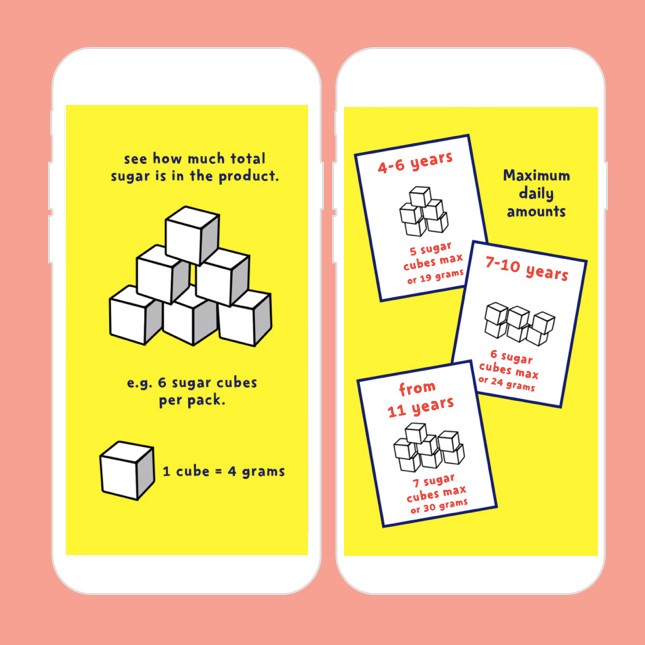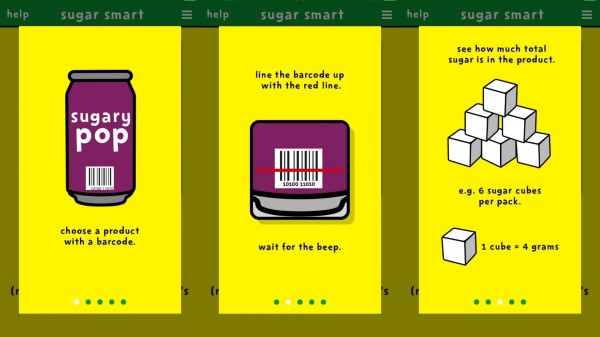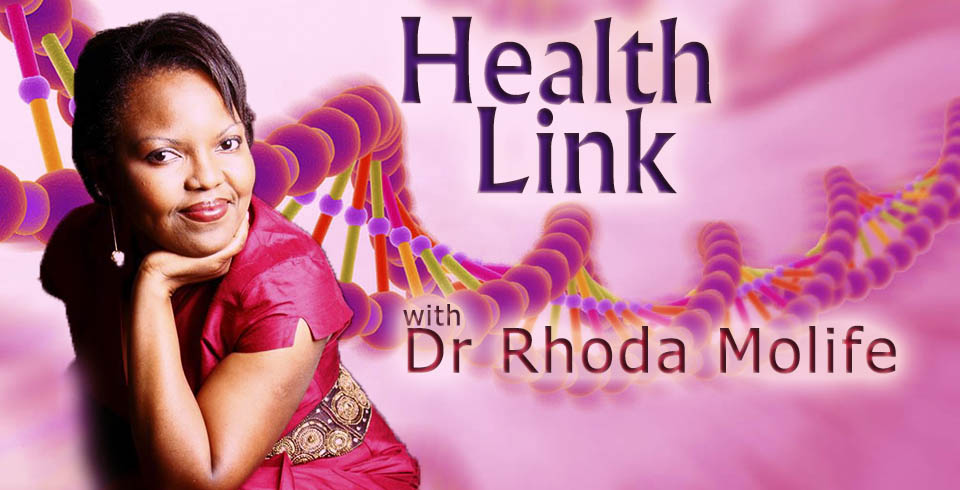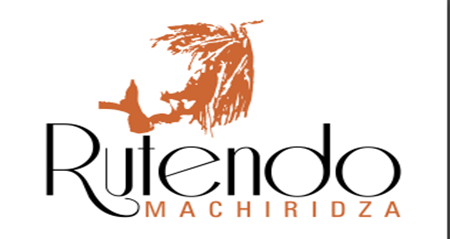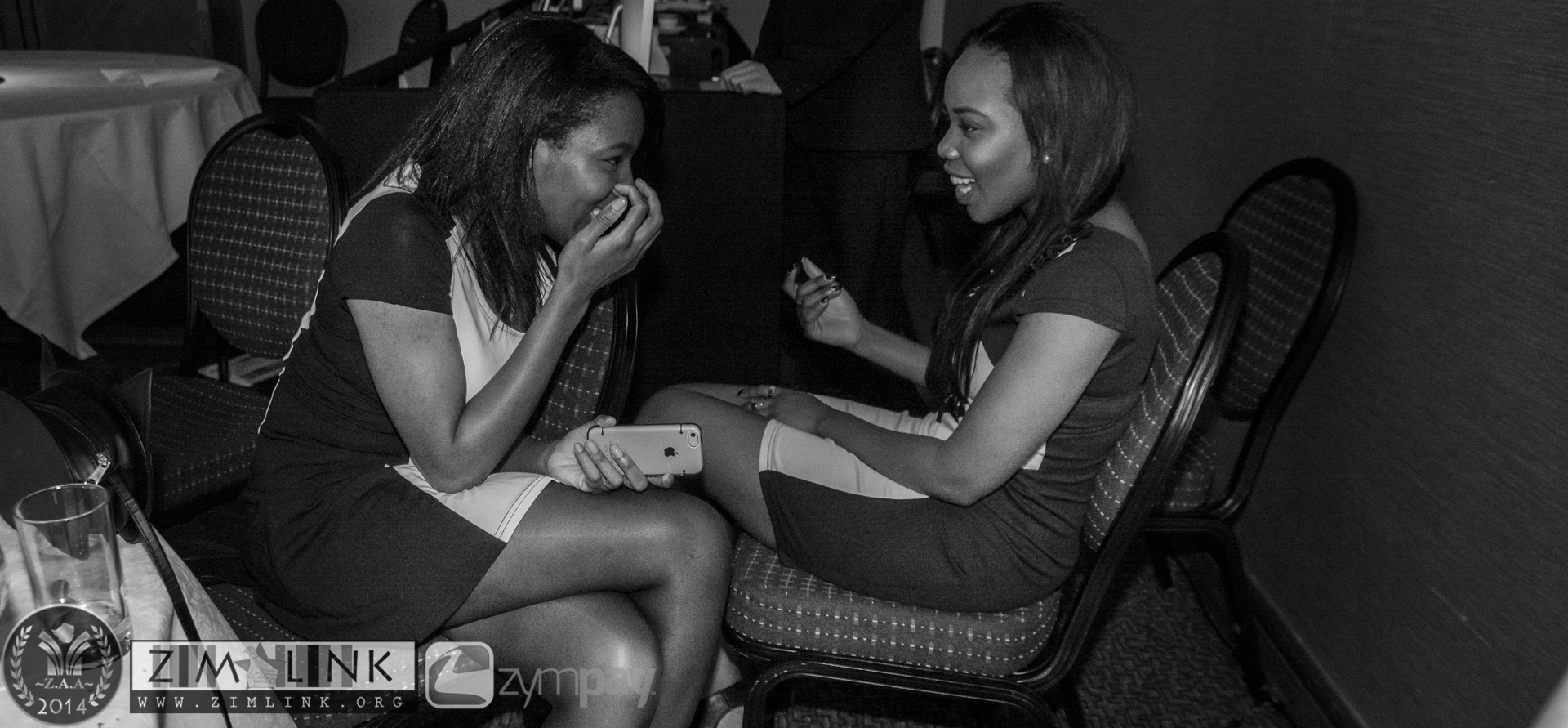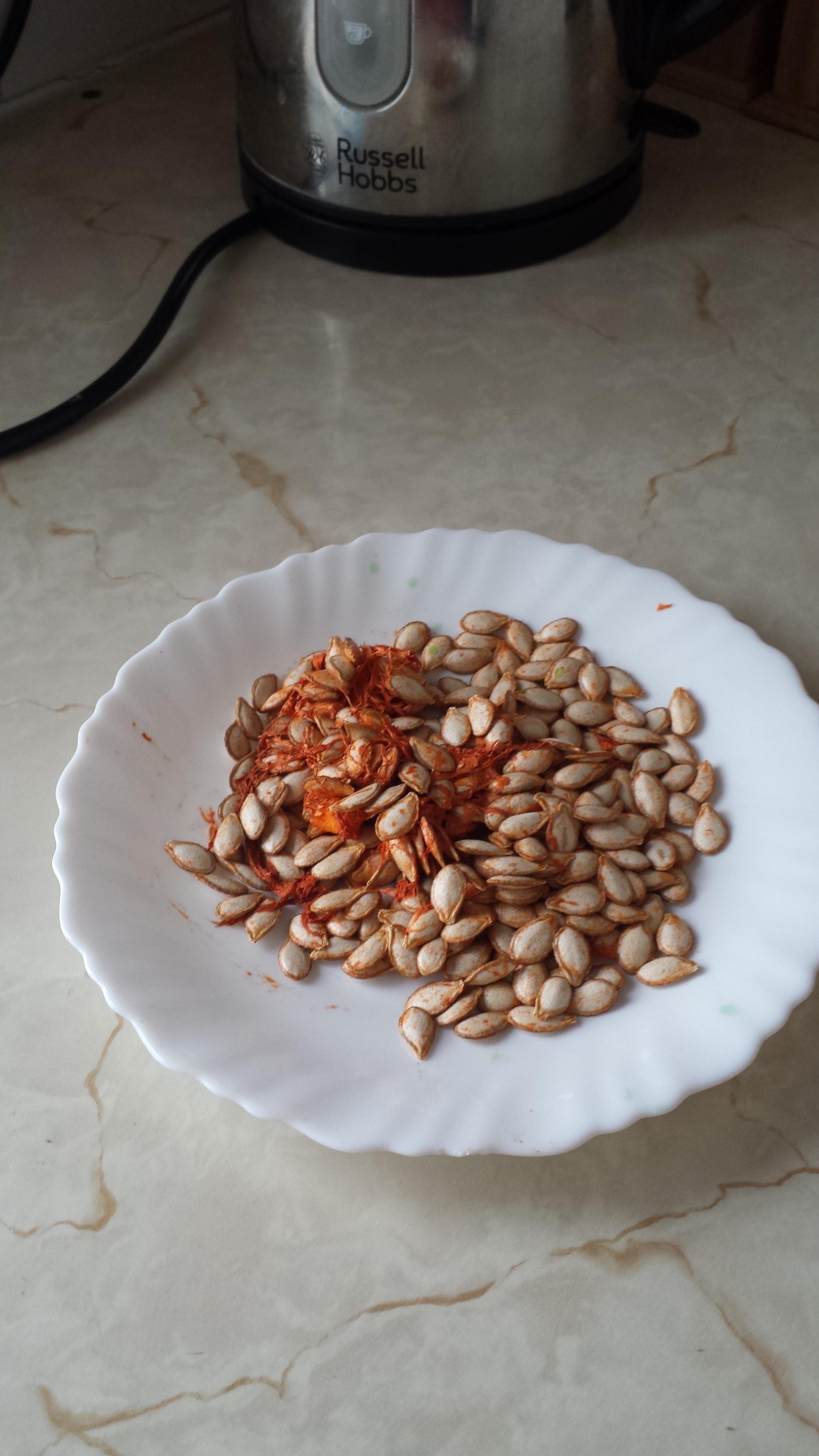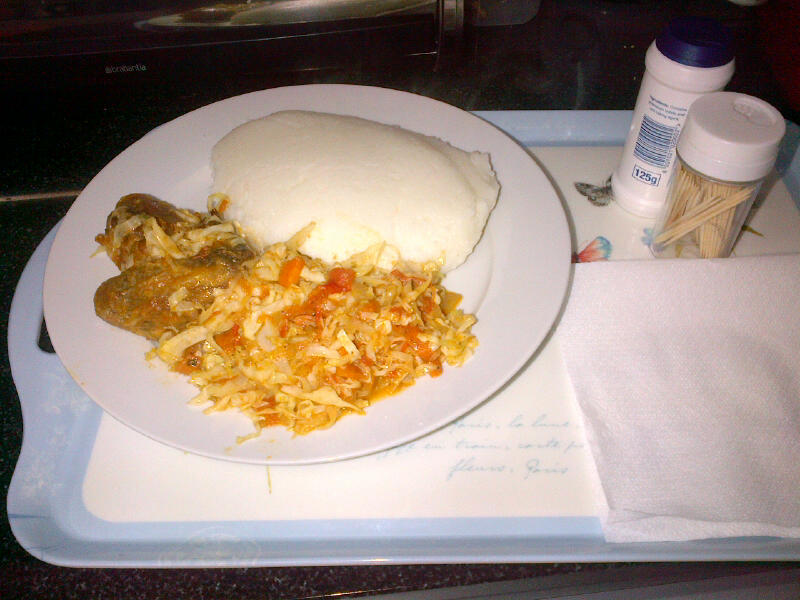 This past week Public Health England (PHE) launched an app which can tell parents about the sugar levels of common foods. The Sugar Smart App scans bar codes of thousands of food and drink products and displays the sugar content in cubes and grams. This app is part of a United Kingdom (UK) government-backed campaign to encourage the nation to cut down on excessive sugar intake which is contributing to obesity, diabetes and tooth decay. This is not just a British issue, it’s an international issue that even the World Health Organisation (WHO) has an opinion on – last year WHO called on all countries to take steps to help their citizens reduce their intake of sugar.
This past week Public Health England (PHE) launched an app which can tell parents about the sugar levels of common foods. The Sugar Smart App scans bar codes of thousands of food and drink products and displays the sugar content in cubes and grams. This app is part of a United Kingdom (UK) government-backed campaign to encourage the nation to cut down on excessive sugar intake which is contributing to obesity, diabetes and tooth decay. This is not just a British issue, it’s an international issue that even the World Health Organisation (WHO) has an opinion on – last year WHO called on all countries to take steps to help their citizens reduce their intake of sugar.
So what’s the backstory here?
Research shows that we are eating around twice as much sugar as we should be. Excess sugar in our diet contributes to and in some cases, directly causes a multitude of health problems such as obesity, diabetes and stroke.
Personally my heart breaks when I see an obese child – not a little chubby – but obese, because I think of all the health problems lying in wait for them as an adult. Obesity costs any health service billions – money that can potentially be spent on unavoidable health problems. In the UK, if we can reduce our intake of sugar by at least half of what we are taking in now within 10 years, that would improve our quality of life and save the National Health Service £500m every year.
What exactly is sugar?
Sugar is a carbohydrate that provides the body with energy. It is found naturally in fruits, some vegetables and honey as fructose, in plants as glucose, and in milk as galactose. Sucrose, the name given to sugar that is refined is made up of glucose and fructose, and is called ‘added’ sugar.
In foods, sugar may also be referred to as maltose, corn syrup, molasses, invert sugar and hydrolysed starch. Don’t be fooled – it’s all sugar!
What’s so bad about sugar anyway?
Like most foods, sugar itself does not need to be shamed. The problem is the quantities in which we consume it, particularly the added sugars; these are put in all sorts of food and drink to make them taste better and in some cases preserve them.
What happens to your body when you eat too much sugar?
The human body is not made to deal with excessive amounts of sugar; it can cope with about 7 cubes per day. When we eat more sugar than we need, it’s converted to fat leading to weight gain. Sugar also confuses our metabolism causing high cholesterol, high blood pressure and insensitivity to insulin, a hormone that controls sugar levels. High cholesterol and high blood pressure can lead to heart problems like heart attacks and strokes. Insensitivity to insulin leads to diabetes.
How much excess sugar are we eating?
A National Diet and Nutrition Survey in the UK showed that school children and teenagers are eating 3 times, and adults 2 times more sugar than they should be. For the average 4-6 year old this is the same as 22kg of sugar – equivalent to 10 of those 2.2kg bags of sugar, or 5, 500 cubes per year. Mindboggling when put in those terms, right?
Steps such as making the Sugar Smart app available to families to help cut down their children’s intake makes sense because they are the group that are eating far more sugar than they should. Secondly, a lot of the health consequences like diabetes and heart disease develop over time, so it makes sense to target children before these illnesses set in – ‘prevention is better than cure.’
How much sugar is ‘safe’?
Per day, children aged 4-6 years need the equivalent of 5 cubes or 19 grams, those aged 7-10 years can make do with 6 cubes or 24 grams and anyone aged 11 and over needs no more than 7 cubes or 30 grams. Note that there is no recommendation for children younger than 4 suggesting in my mind that added sugar is a ‘no-no’ for this age group. This is a message that I think is really important to get across but so far hasn’t really been stressed enough.
Where is all this excess sugar coming from?
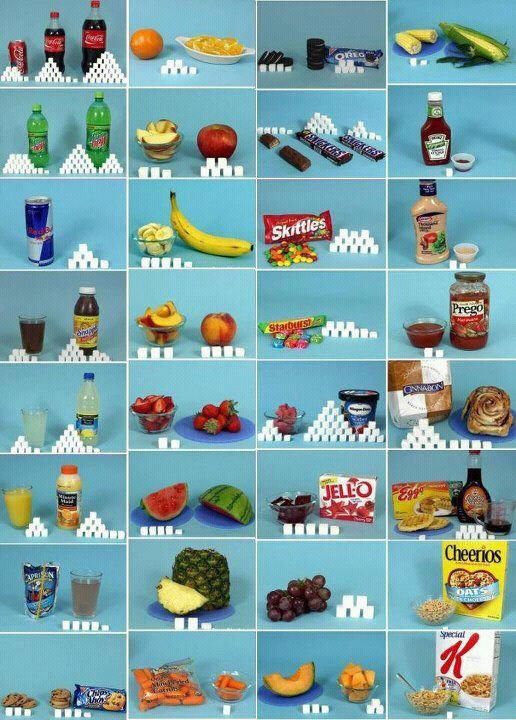 The main sources of sugar are soft drinks especially fizzy drinks and cordials (drinks that you dilute down like Mazoe), table sugar, juices, sweets, biscuits, cakes, pastries, breakfast cereals and alcoholic drinks. You can also find added sugar in the unlikeliest of places such as bread, yoghurt and soups.
The main sources of sugar are soft drinks especially fizzy drinks and cordials (drinks that you dilute down like Mazoe), table sugar, juices, sweets, biscuits, cakes, pastries, breakfast cereals and alcoholic drinks. You can also find added sugar in the unlikeliest of places such as bread, yoghurt and soups.
How do we cut down our sugar intake?
The first step is education – we should all aim to know how much sugar is recommended in our diet, why too much sugar is harmful, and which foods have high sugar levels. You don’t need to have ‘Google’ levels of information to know what to do: the basic facts as outlined in this article and many others is a good enough start.
There are some practical things we can do without waiting to be advised by PHE or WHO. One thing I did when I had my son was to not have fizzy drinks and sweets in the house, so that he grew up knowing that we don’t eat or drink these products. However, at parties, he is allowed to have them, because I feel it is important for children to get to know different foods, safely. We do have other sweet treats like crisps, desserts, ice-creams and biscuits but these are limited to no more than a few times per week, and importantly in small quantities. Now that he is 8, he is so accustomed to his diet that he knows and says when something is too sweet for him. A lot of his friends and cousins were raised the same way – one doesn’t like juice and only drinks water, one has a real sweet tooth, but knows and accepts, she can’t satisfy it anyhow. They all love food though. We must remember that children will follow whatever precedent we as adults set!
Another rule of thumb in our house is that neither adults nor children drink anything that is any shade of blue, green, purple, or pink unless it has been blended in the house with identifiable ingredients – not that we blend much anyway – no time for that! That pretty much rules out blue drinks, reduces sugar and a whole load of artificial gunk.
It’s not going to be easy for everyone to cut down their sugar intake – what else can bodies like PHE and WHO do to help us?
These organisations are aware that it’s not easy for everyone to get, understand and act on this information or any information on health and lifestyle changes. It’s also known that the highest levels of sugar are consumed by poorer, deprived families who are more likely to have limited access to this information. The creation and availability of the Sugar Smart app is just one step to help the public. PHE recommends that a range of actions are required such as:
- Reducing price promotions on high sugar foods
- Reducing the levels of advertisements for high sugar foods to children
- Introducing a tax on high sugar foods; this has been done in some countries with good effect
- Introducing recognised training in diet and nutrition to people who can influence the public such as those that work in catering, fitness and leisure industries
- Educating on controlling portion sizes
How can I get the sugar app?
In the UK, you can download the app onto your smart phone from Google Play or the App Store.
The app tells you the recommended daily amount of sugar for your age.
- Open the app.
- Allow the app access to your camera when prompted.
- Pick a product with a barcode.
- Scan the barcode which with the app camera.
- Line the barcode up with the red line and wait for a beep.
- The app will then read out the amount of sugar in the product.
Although about 75, 000 products are loaded into the app, there are still more to be added. So I scanned 5 products and only 2 came up, but it worked perfectly and kids love it.
The menu tab in the app gives more information on the sugar content of food, your scan history and direction to the app’s website: http://www.nhs.uk/change4life/Pages/change-for-life.aspx
Is this app necessary?
For some people, it’s not, but for others it’s helpful when you take into consideration the age-group they fall in and the lifestyle they lead.
There is a panel on the packaging of most foods that tells us the exact amounts of fat, protein and sugars in that product. However, the amounts are given in grams which I find difficult to interpret because I am of the generation that worked in ounces. The Sugar smart app uses images of sugar cubes which anyone from any era, can understand. It’s also great for engaging children and young adults who have grown up with apps, and children are the primary target of this part of the campaign.
Give it a try – this is one of the more fun, useful and easy to use apps I have on my phone, and I’m sure I’m not the only one!
The original version of this article can be found on my blog at www.lalulaworld.wordpress.com
For more discussions on topical health (and life) issues tune in to ‘Matters of Life and Health’ on PowerXtra Radio at www.powerxtraradio.co.uk or listen via the TuneIn radio app downloaded to your phone, PC or tablet, Tuesdays 7-830pm GMT.


